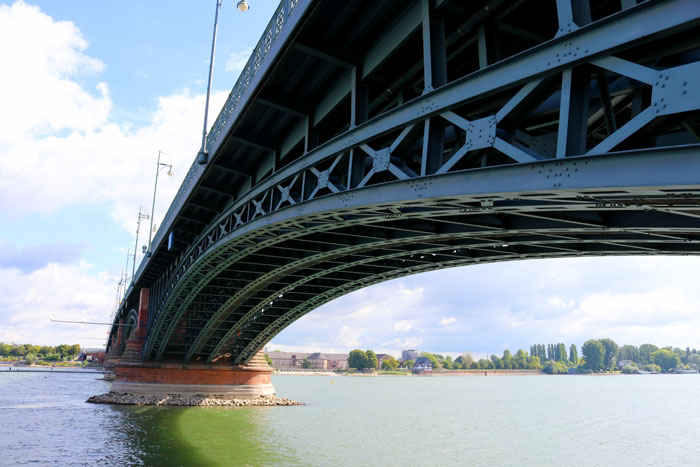
Mainz – The Roman Fort City
Sitting in the shadows of Frankfurt, the much larger city down the road, Mainz is worth a visit entirely in its own right. It has more of the charms of a small European city and is easily traversable by all pedestrians as the main township doesn’t extend for more than a few kilometres. Frankfurt is a far more industrialised city, whereas Mainz is somewhat more suburban with its university catering for approximately 35,000 students.
Mainz was first colonised by the Romans circa 38 BC, although this area had been civilised since around 300,000 years earlier. So there is no shortage of history in this part of Germany.

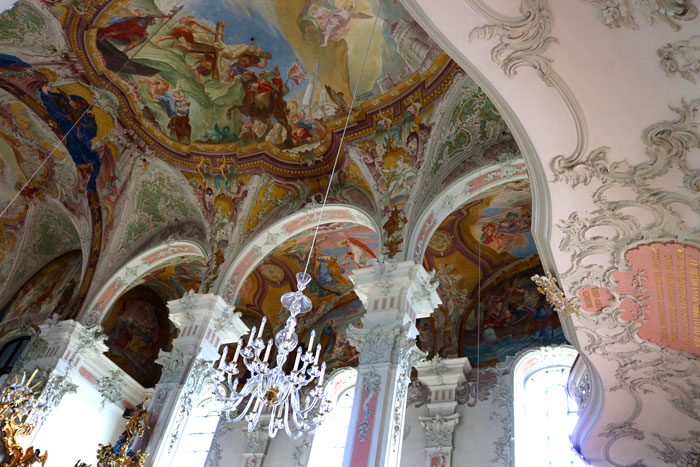
The main attraction in town is the impressive Cathedral that dominates the centre of town. If you come into the town centre at a decent hour, there is the option to have breakfast (or lunch, or even brunch!) at one of the many cafes & restaurants that fill the town square opposite the cathedral. Admire the amazing architecture in the relaxing ambience that is Mainz before walking around the town.
After admiring the cathedral over breakfast, we ventured inside for our first stop. We weren’t sure what to expect on the inside, whether it would be as spectacular as the outside. But surprisingly, it was even more spectacular. You certainly will not be disappointed with visiting here.
As with all churches, entry is free. However, please dress respectfully by covering your shoulders.
Like the vast majority of German cities, Mainz has multiple other churches around the town and they are all different – we would recommend the church of St. Peter for those interested as the ‘best of the rest’ in town.
Mainz also suffered during WWII, when it was extensively bombed by the Allies and 80% of the city was destroyed. One of the buildings destroyed during the war was the church of St Christoph. Built circa the 13th century, all that remains are the outermost walls and the tower. These have been reinforced and the remains acts as a war memorial.
It is certainly worth a visit for history buffs & war enthusiasts as the information inside is quite extensive (and it covers English & German among other languages). Keep in mind that there is no roof over the majority of the church, so be mindful of the weather if you plan to visit here.
Mainz is set against the beautiful Rhein River, where it meets the Maine River. Walking along the waterfront is perfect for photographers of all abilities and it will provide an endless amount of potential. Crossing the Theodor Heuss Bridge over the Rhein River will take you into Wiesbaden, with even more spectacular views looking back towards Mainz.
We timed our visit to coincide with the Mainz Wine Festival. It is on every August and runs over two weekends. Mainz is one of the most prominent wine regions in Germany, so we figured it would be well worth experiencing. Every year it is hosted in the Rosengarten (Rose Garden) and there are in excess of 40 different wine producers from the region offering tastings. If wine isn’t your favourite then rest assured, there are also a variety of beers & food on offer too.
Entry is free and the food & drinks are well priced so make sure you wonder around and make the most of the lovely early Autumn weather.
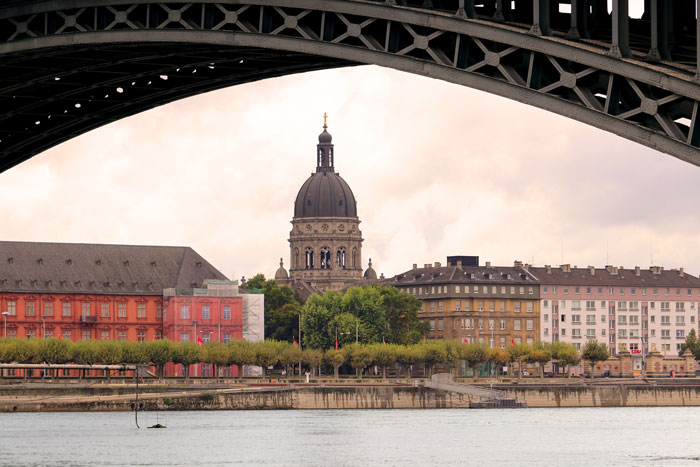
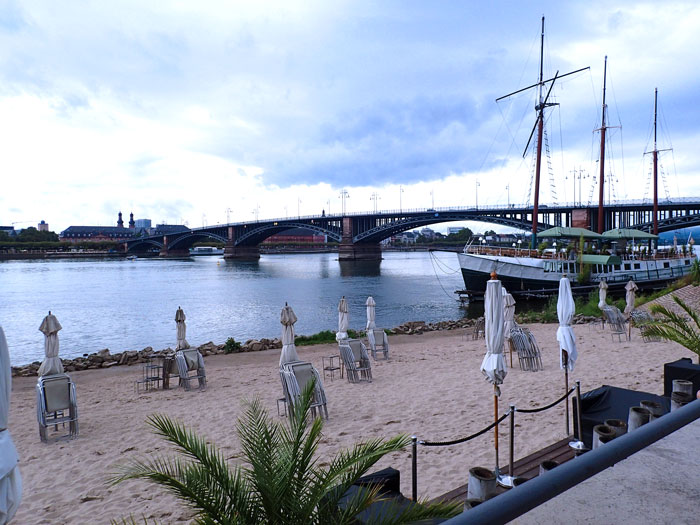
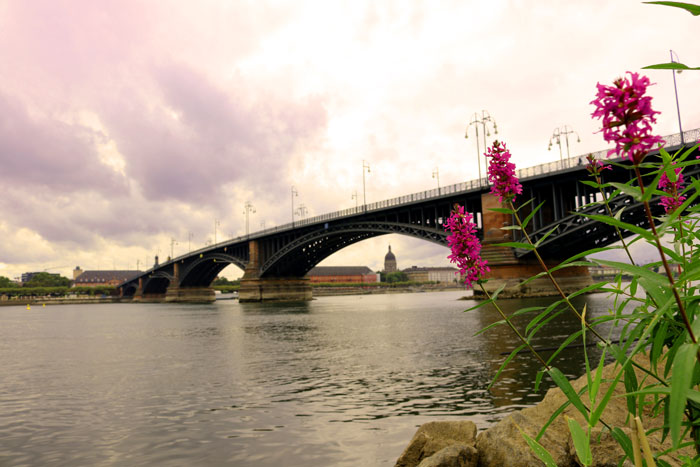
For our stay in Mainz, we stayed at the Park Inn by Radisson hotel. Whilst it was a lengthy walk from the centre of town (about 6.5km, just shy of an hour for the average person), we found the rooms very good value priced and quite close to all amenities. There is a large shopping centre across the road with a late hours service station (which we found great for a bottle of wine and some snacks late at night) as well as a McDonald’s restaurant.
Of course there are options closer to the centre of town but we were unable to find anything for a reasonable price due to the wine festival.
*mention breakfast/wifi/parking & link to our review
The city of Mainz also offers a guide to the most prominent attractions for walkers. You can find the guide here.
We did experience some difficulty navigating the public transport system here, and that was with a native speaker too (don’t worry, the ticketing machines translate into a huge variety of languages – we just couldn’t work out which line went where). And it was also fairly expensive to use.

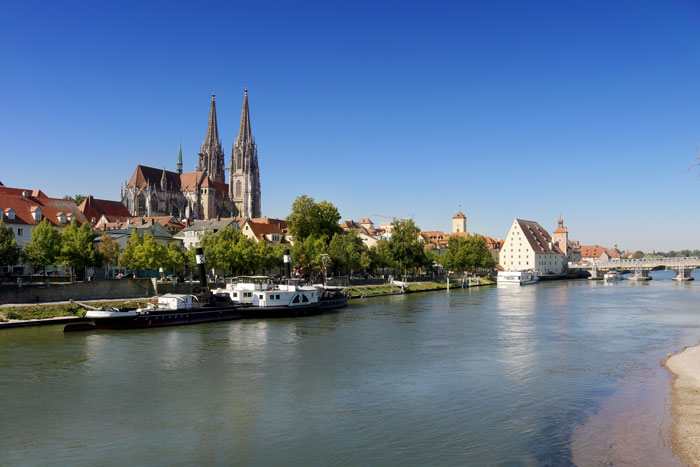

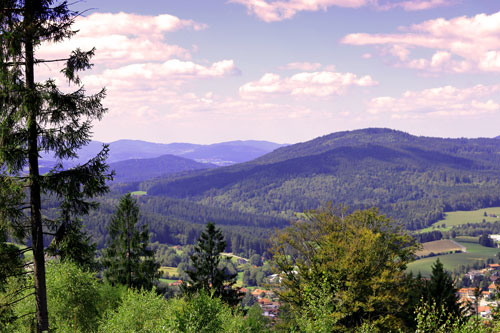
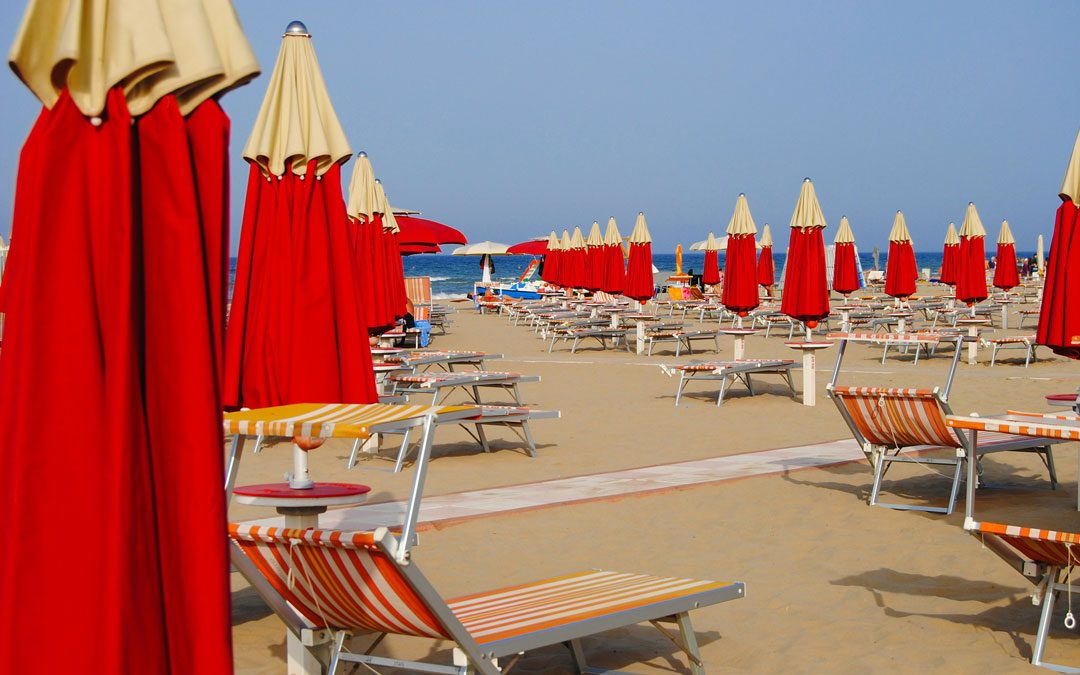

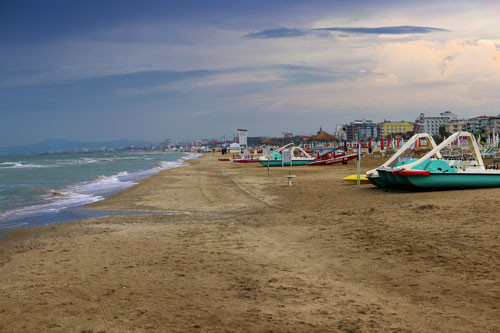



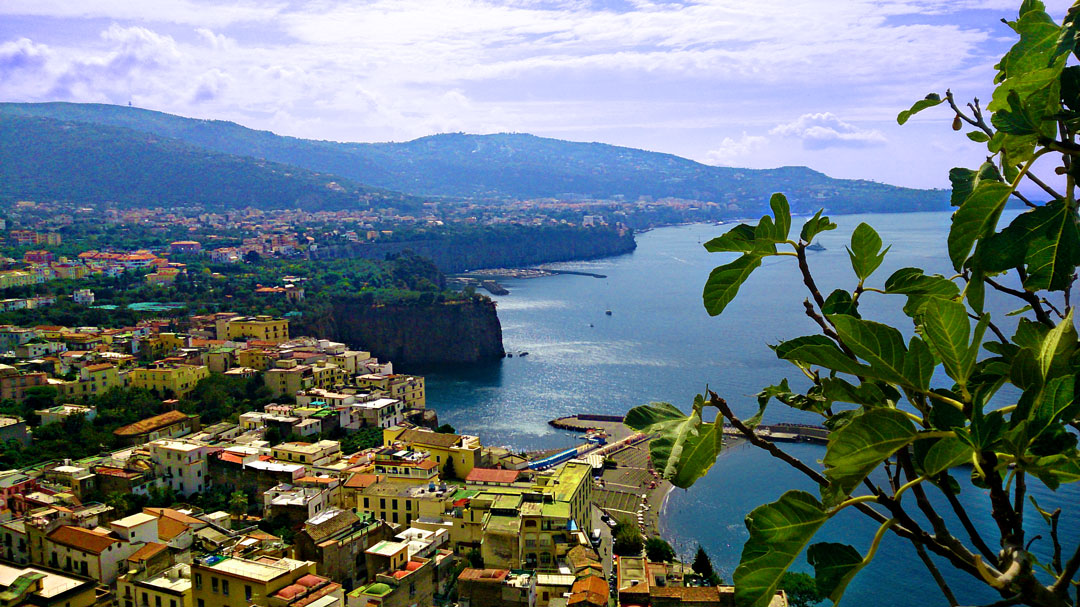


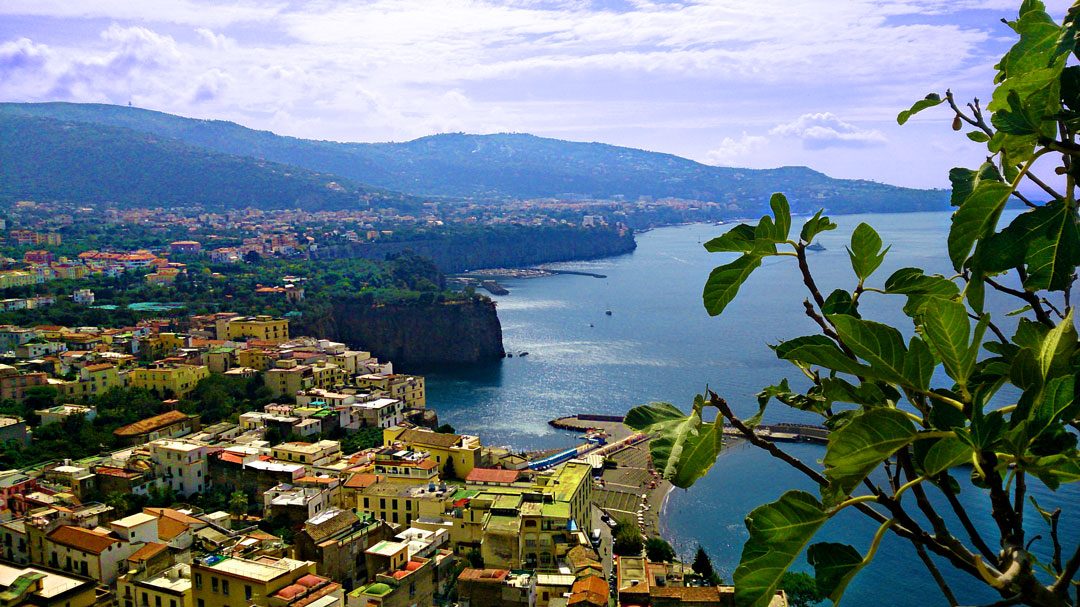
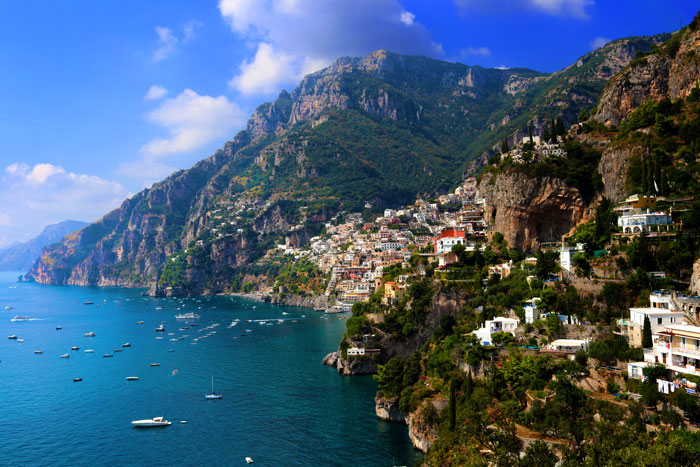

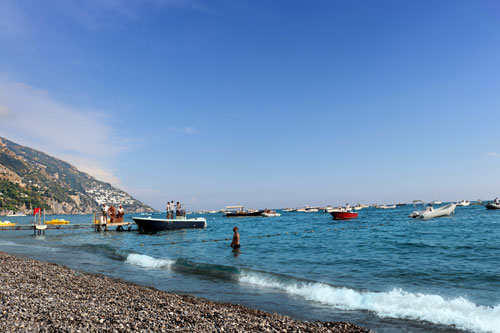

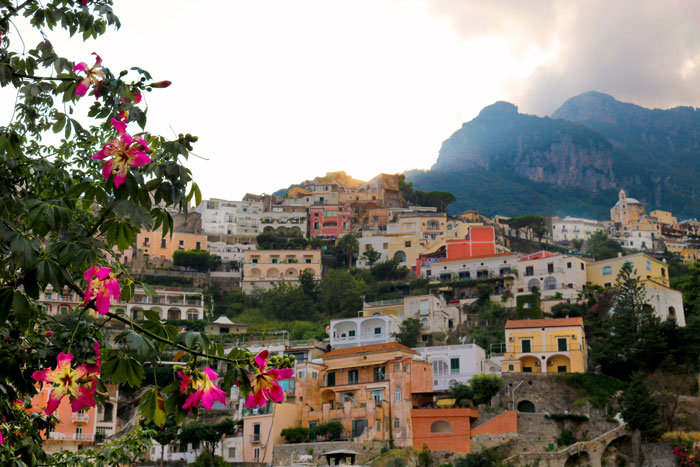
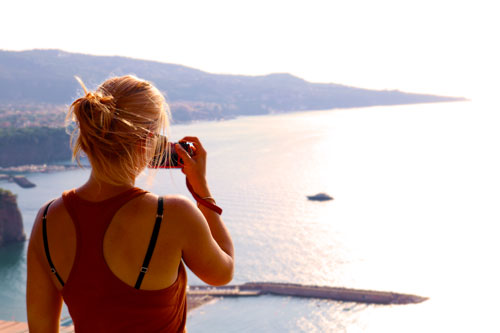
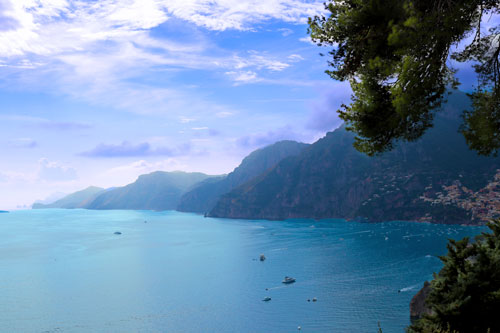
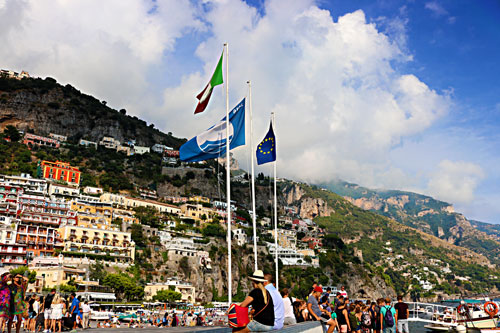
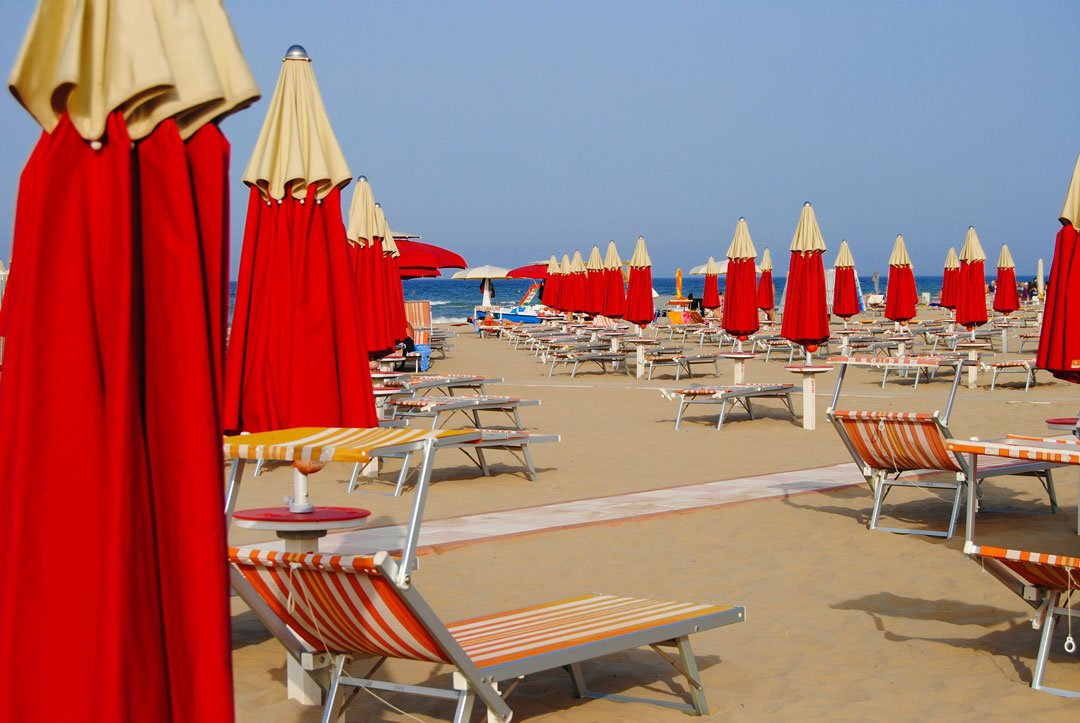
 Daniel & Nadine
Daniel & Nadine 